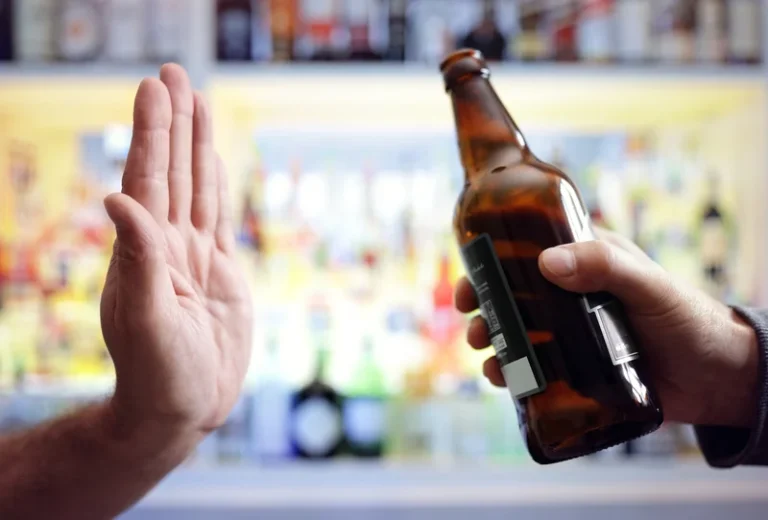
Prolonged activation of the SNS can contribute to health issues like high blood pressure. When you drink alcohol, it can lead to an increase in sympathetic nervous system (SNS) excitability. When the SNS is stimulated or “activated” due to stress or alcohol intake, it works harder than usual. If you already have high blood pressure, your doctor may have advised you to drink alcohol in moderation and cut back on your overall alcohol intake. Heavy alcohol users who cut back to moderate drinking can lower their top number in a blood pressure reading (systolic pressure) by about 5.5 millimeters of mercury (mm Hg) and their bottom number (diastolic pressure) by about 4 mm Hg. Whether or not your child is currently diagnosed with high blood pressure, all parents should be aware of the risk, and implement heart-healthy lifestyle choices for their kids whenever possible.

Bailey 1989 published data only
It’s important to have regular physical exams, since hypertension is painless and many people don’t even know they have it. Talk to your healthcare provider to discuss your risk factors and if it is safe for you to drink alcohol, even in moderation. The CDC also states that to reduce alcohol-related health risks, adults of legal drinking age should limit their alcohol consumption to two drinks or less a day for men and https://ecosoberhouse.com/ one drink or less for women. But if you’re younger than 50, particularly if you’re a woman, it’s not so clear. Studies have shown a rise in breast cancer risk in women under 50 from drinking alcohol. While most studies show this results from drinking more heavily (more than 1-2 drinks a day), Klatsky says some research indicates even light-moderate drinking could play a role in a younger woman’s risk of breast cancer.
Kawano 1999
- Older adults — drinkers, nondrinkers, it doesn’t matter — are already at risk for hypertension.
- You and your doctor can make an individualized treatment plan to lower your blood pressure and address your alcohol use.
- The organization suggests the results of studies that report the heart benefits of red wine may instead have a basis in lifestyle factors other than alcohol.
- The blood alcohol level decreased over time, and 20‐HETE started to rise (Barden 2013).
- However, other research also suggests that alcohol increases blood pressure.
Several studies and meta-analyses have been conducted to determine the relationship between alcohol consumption and the risk of developing heart failure in healthy subjects, as well as in those with a history of MI or CHD. Studies also have examined the “safety” of alcoholic beverage consumption in subjects with heart failure. Another trend in recent studies of alcohol and CV risk and disease is to include a measurement for binge drinking. In most investigations, this means consuming more than 5 standard drinks on a single occasion for men and more than 4 standard drinks for women.
Stretching and drooping of the heart muscle (cardiomyopathy)

Other research from 2019 found that there was a significant link between moderate alcohol consumption and a risk of hypertension. The more alcohol you drink, the greater your risk for high blood pressure and other heart-related issues. “Chronic excessive alcohol use, or more than three drinks during a day, may contribute to high blood pressure,” says Dr. Appelbaum. This is concerning as two in three adult drinkers report consuming more than moderate amounts of alcohol at least once a month, the Centers for Disease Control and Prevention (CDC) reports. For medium doses of alcohol, moderate‐certainty evidence shows a decrease in SBP and DBP six hours after alcohol consumption, and low‐certainty evidence suggests a decrease in SBP and DBP for 7 to 12 hours after alcohol consumption.
Hypertension and Alcohol
In some cases, moderate to high levels of alcohol may cause blood pressure to rise. They do not pass readily through cell membranes, and they are major components of very-low-density what does alcohol do to your blood pressure lipoproteins (VLDLs), which are converted in the blood to LDLs. High levels of triglycerides in the blood have therefore been linked to atherosclerosis, heart disease, and stroke.
- In Cheyne 2004, participants were blinded to the content of the drink, but some reported that they were able to detect the alcohol by taste at the end of the study.
- So, it was not appropriate to conduct a separate meta‐analysis based on that population.
- As a result, peripheral resistance and blood volume are increased, leading to elevated arterial blood.
- So, we had to calculate missing MAP values from reported SBP and DBP values using the formula mentioned in the protocol and we imputed the SE/SD for those.
Newlin 1990 published data only
- Your gut microbiome is a hotbed of bacteria that help keep your digestive system happy and healthy.
- It is important to note that the dose of alcohol was comparatively higher (≥ 60 g or ≥ 1 g/kg) in nine studies (Bau 2005; Buckman 2015; Hering 2011; Narkiewicz 2000; Rosito 1999; Rossinen 1997; Stott 1987; Van De Borne 1997; Zeichner 1985).
- Medications such as statins that act directly on the liver can cause further damage when combined with alcohol.
- For healthy adults, that means up to one drink a day for women and up to two drinks a day for men.
Investigators have used a variety of noninvasive tests to evaluate the acute effects of alcohol consumption on myocardial function and hemodynamics in healthy humans. As with isolated animal heart experiments, some investigators have found that acute alcohol exposure (blood alcohol levels 40 to 110 mg%) depresses myocardial systolic function in humans (Delgado et al. 1975; Lang et al. 1985; Timmis et al. 1975). However, these changes were transient, with small changes from baseline. For example, in one study, the ejection fraction decreased by 4 percent after alcohol consumption (Delgado et al. 1975). Most likely, the decrease in contractility was offset by corresponding decreases in afterload (end-systolic wall stress), systemic vascular resistance, and aortic peak pressure, which maintained cardiac output.
Shai 2015 published data only
- Another reason behind the heterogeneity was probably the variation in alcohol intake duration and in the timing of measurement of outcomes across the included studies.
- In 2005, McFadden and colleagues conducted a systematic review of RCTs, which investigated the haemodynamic effects of daily consumption of alcohol (McFadden 2005).
- If you drink alcohol, enjoy it with a meal, which will slow down the absorption of alcohol into your bloodstream.
- This is because alcohol may affect blood vessel function and fluid levels, causing high blood pressure.This article explains how alcohol can affect blood pressure, as well as alcohol intake recommendations for people with high blood pressure.
A population‐based study showed that the incidence of hypertension is higher in African descendants (36%) than in Caucasians (21%) (Willey 2014). Proper management of hypertension can lead to reduction in cardiovascular complications and mortality (Kostis 1997; SHEP 1991; Staessen 1999). A 2022 study showed a link between moderate drinking (eight to 16 drinks per week) and a lower risk of type 2 diabetes, but specifically among people who drank alcohol with meals.
An increase in plasma renin results in increased production of angiotensin I (AI), which is converted to angiotensin II (AII) by angiotensin‐converting enzyme (ACE). The hormone AII is a potent vasoconstrictor that stimulates aldosterone and vasopressin secretion from the adrenal gland, promoting sodium and water retention (Schrier 1999). As a result, peripheral resistance and blood volume are increased, leading to elevated arterial blood.
How to reduce high blood pressure
So, your system prioritizes getting rid of alcohol before it can turn its attention to its other work. You probably already know that excessive drinking can affect you in more ways than one. Vijaya Musini (VM) contributed to data analysis, interpretation of the final result, and editing of the final draft of the review. James M Wright (JMW) formulated the idea, developed the basis of the protocol, and contributed to data analysis, interpretation of the final result, and editing of the final draft of the review.

Mori 2016 published data only

Rossinen 1997 measured blood pressure but selectively reported only SBP instead of reporting both SBP and DBP. Karatzi 2013Maufrais 2017 and Van De Borne 1997 measured blood pressure before and after treatment but did not report these measurements. The dose of alcohol had to be reported by study authors for inclusion in the systematic review.